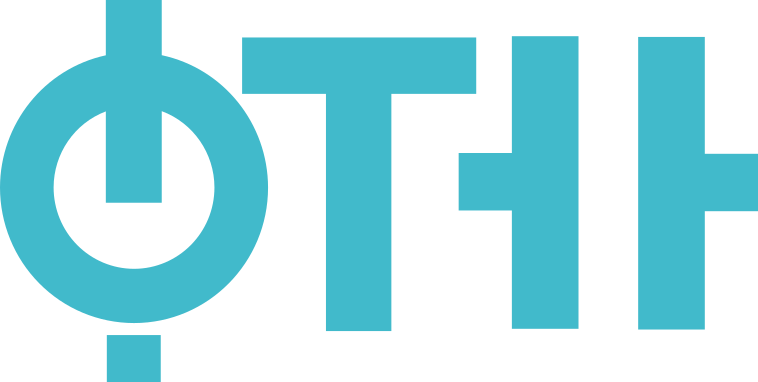Subject: Continuum Biomechanics (17.BMI128 )
Native organizations units: Chair of Technical Mechanics
Study programmes of the course:
| Type of studies | Title |
|---|---|
| Undergraduate Academic Studies | Biomedical Engineering (Year: 3, Semester: Summer) |
| Category | Scientific-professional |
| Scientific or art field |
|
| ECTS | 5 |
Enabling students to formulate governing equations in the field of fluid flow, mass and heat transfer, fluid-structure interactions, constitutive axioms describing soft tissues in human body, and use these models in problem posing and problem solving in the framework comprising solid and fluid mechanics, for the purpose of modeling and solving in medical problems.
Ability to derive and solve, analytically or aproximatively governing equations of continuum mechanics describing blood flow and behaviour of blood cells under mechanical loads corresponding to normal and pathological conditions.
Fluidity of blood and air as a basic notion of biology of living systems. The role of blood and air in transport processes of biology. A blood vessel as a solid body. Axioms of continuum mechanics. Stress and strain analysis. The laws of mass, momentum and energy conservation. Viscoelasticity, poroelasticity and thermoelasticity. Rheological properties of blood and soft tisues of cardiovascular system. Fluid flow patterns. Governing equations of blood flow and blood-vessel interaction. Tangential stresses. Pulsatile blood flow. Basic models of hemodynamics. Mechanical role of heart. Energy expenditure and pumping power of the heart. Biomechanical analysis of dynamic pathologies within cardiovascular system. Blood vessel models based on mathematical theory of elastic rods. Models of respiratory and renal systems. Flow and mass transfer within artificial kidney. Compartmental analysis of integer and fractional order. Methods for solving partial differential equations.
Lectures, presentations of real problems, exercises done in up-to-date software packages for symbolic calculations and numerical analysis. Homeworks chosen to check understanding of the introduced both notions and methods. Exam is either classical or given in form of a seminar work where the introduced tools are to be recognized at a chosen paper from leading international journal covering biomedical engineering problems. The latter is to be done through individual work with each student separately. The exam ends with informal talk on introduced notions and methods.
| Authors | Title | Year | Publisher | Language |
|---|---|---|---|---|
| 1993 | English | |||
| 2016 | English | |||
| 2008 | English | |||
| 2002 | English | |||
| 1998 | English | |||
| 2002 | English | |||
| 2006 | English |
| Course activity | Pre-examination | Obligations | Number of points |
|---|---|---|---|
| Exercise attendance | Yes | Yes | 5.00 |
| Test | Yes | Yes | 10.00 |
| Written part of the exam - tasks and theory | No | Yes | 70.00 |
| Lecture attendance | Yes | Yes | 5.00 |
| Test | Yes | Yes | 10.00 |
Prof. Spasić Dragan
Full Professor
Lectures

Prof. Glavardanov Valentin
Full Professor
Lectures

Assoc. Prof. Grahovac Nenad
Associate Professor
Lectures

Asst. Prof. Rehlicki-Lukešević Lidija
Assistant Professor
Practical classes
Faculty of Technical Sciences

© 2024. Faculty of Technical Sciences.
Contact:
Address: Trg Dositeja Obradovića 6, 21102 Novi Sad
© 2024. Faculty of Technical Sciences.



